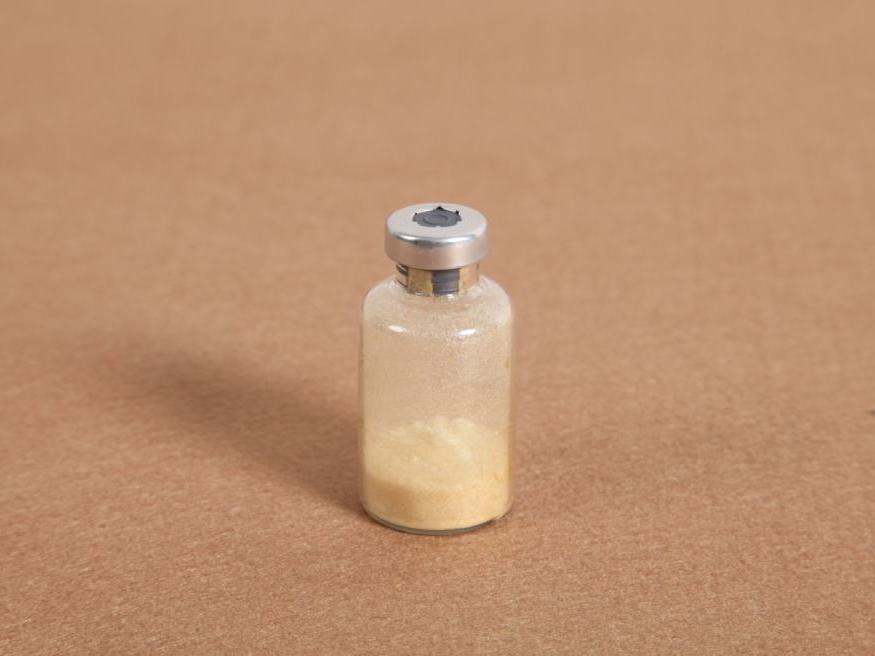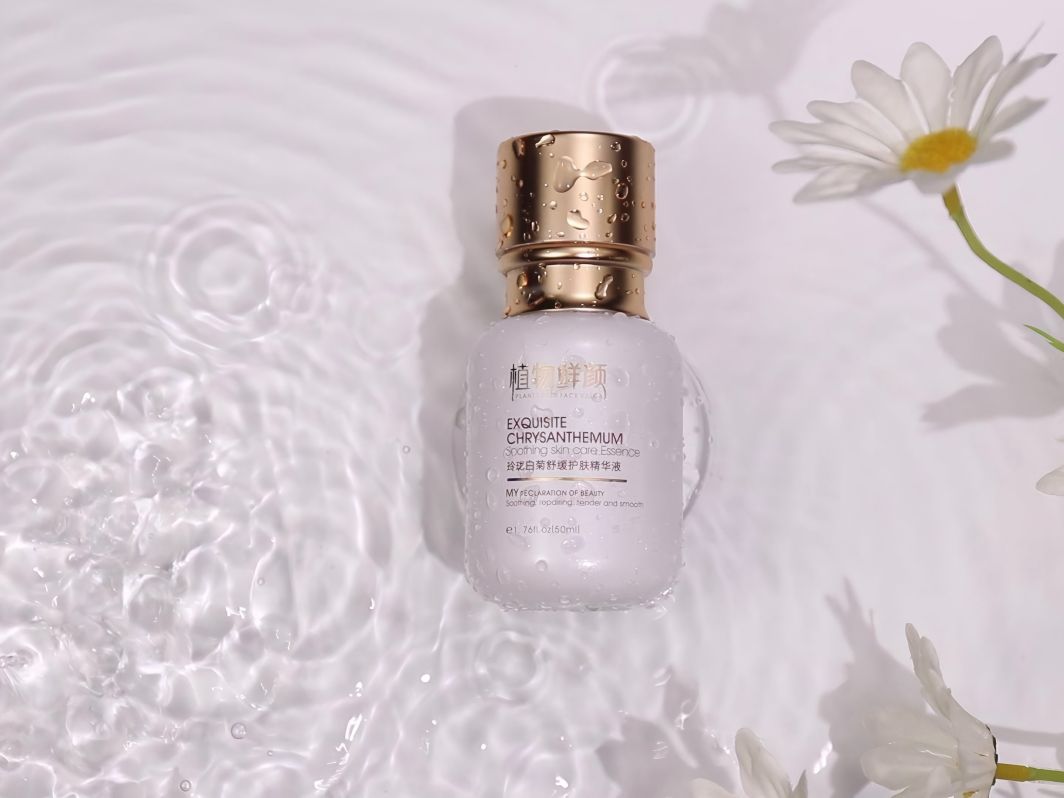What Is Centella Asiatica Extract Madecassoside?
Centella asiatica is the dried whole herb of Centella asiatica (Lamiaceae). It was first recorded in Shennong's Classic of Materia Medica and classified as a medium-grade herb. It is also known by the names Luode, Bengdabuan, Mahuicao and Dafayuqiancao. It is a perennial creeping herb with sweet, pungent and cooling properties. It has the effects of clearing away heat and dampness, detoxifying and reducing swelling, promoting blood circulation and stopping bleeding. Madecassoside (MC) is one of the main components of the triterpene saponins in Centella asiatica extract. Previous studies have shown that it can intervene in neuronal degeneration and has pharmacological effects such as anti-oxidation, anti-inflammation and neuroprotection [1]. This paper reviews the pharmacological effects of MC, with a view to providing a theoretical basis and suggestions for the treatment of diseases with this medicine.
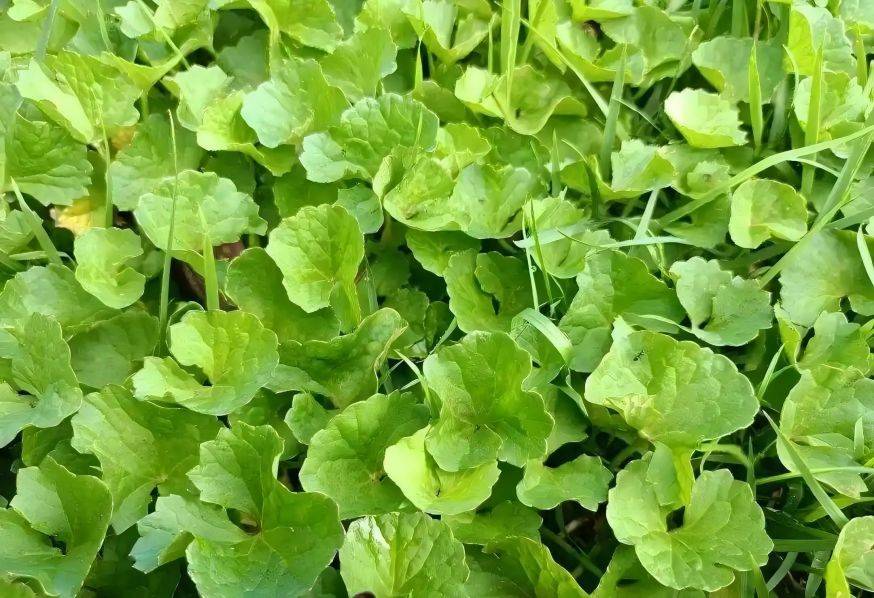
1. The effect of madecassoside on the nervous system
Bai Jieru et al. [2] found that in mice chronically poisoned with aluminum, the latency period was shortened and the number of errors increased during training on the jumping platform. Similarly, in the Morris water maze training, the latency to find the platform also increased. The model group mice had increased levels of malondialdehyde (MDA) in the brain, accompanied by degeneration and necrosis of hippocampal neurons. After the model mice were administered MC orally, they could significantly improve the learning and memory abilities of aluminum-poisoned mice, reduce the MDA content in the brain, increase the superoxide dismutase (SOD) activity, and reduce hippocampal neuronal damage.
Tan Shimei established a subacute aging model by subcutaneous injection of D-galactose and found that MC can improve the learning and memory function of mice. The mechanism may be related to inhibiting Aβ production and deposition and enhancing the expression of synaptic plasticity-related proteins [3]. Microglia are the main immune cells in the brain. When stimulated, they can release large amounts of oxygen free radicals, inflammatory mediators and cytokines to play a defensive and repair role. However, excessive inflammatory response can lead to neuronal damage, and is one of the important factors in the occurrence and development of many central nervous system diseases such as Alzheimer's disease (AD) and Parkinson's disease. Therefore, it is particularly important to inhibit the overactivation of microglia and thereby reduce the damage caused by the inflammatory response. Studies have shown that MC has an inhibitory effect on the proliferation of LPS-stimulated microglia and the production of inflammatory factors, and that LPS increases the expression of TLR4 and NF-κB in microglia. Therefore, the mechanism of action of MC in inhibiting the proliferation of LPS-stimulated microglia and the production of inflammatory factors may be related to the inhibition of TLR-4 and NF-κB expression, changes in the cell cycle, and induction of apoptosis [4].
Some scholars have also found that madecassoside has a protective effect on the inflammatory response and autophagy caused by Aβ25-35 in nerve cells [5]. The accumulation of β-amyloid protein in AD is related to inflammatory response and autophagy. MC can reduce the production of inflammatory factors including tumor necrosis factor, IL-10, IL-6 and cyclooxygenase-2 (COX-2), inhibit the conversion of light chain 3-I to light chain 3-II, down-regulate Beclin-1 and up-regulate the anti-apoptotic protein Bcl-2. These results demonstrate that MC protects nerve cells by regulating the class III PI3K/Beclin-1/Bcl-2 pathway to inhibit the inflammatory response and autophagy caused by Aβ25-35. This study provides a theoretical basis for MC treatment of AD.

In addition, literature has found that madecassoside has a neuroprotective effect on rats with early Parkinson's disease caused by tetrahydropyridine (MPTP). After a successful model of Parkinson's disease was established, the rats were treated with hydroxyjasmonic acid. It was found that hydroxyjasmonic acid can improve motor dysfunction and protect dopamine (DA) neurons, inhibit the decrease of striatal DA induced by MPTP, significantly reduce MDA content, and significantly increase GSH, Bcl-2 / Bax ratio and brain-derived neurotrophic factor (BDNF) expression were significantly increased. It can be seen that hydroxycentella asiatica saponin restores the early symptoms of Parkinson's disease induced by MPTP through its neuroprotective effect, reducing DA consumption, increasing the Bcl-2 / Bax ratio, and increasing BDNF protein expression [6]. In addition, LIN et al. found that madecassoside had a significant reversing effect on cognitive deficits in mice caused by D-galactose using the water maze test. Further research on its mechanism showed that MC can significantly reduce oxidative stress effects and inhibit inflammatory responses by blocking the NF-κB and ERK/p38 MAPK pathways, and increase the expression of hippocampal synaptic plasticity-related proteins. It was also found that MC significantly reduced the deposition and content of β-amyloid peptides by reducing β-amyloid precursor protein, β-site amyloid-lyase and tissue plasminogen activator, and increasing enkephalinase and insulin degrading enzyme.
2.Effects of 2-hydroxy-jasmonic acid on the immune system
2.1 Anti-arthritic effect in mice
Rheumatoid arthritis is a systemic and chronic inflammatory autoimmune disease characterized by chronic inflammation. Although the exact pathogenesis is still unclear, the main pathological changes have been identified, such as immune dysfunction, chronic synovitis, inflammatory cell infiltration, pannus formation, and cartilage and bone erosion and destruction. Liu et al. [7] induced arthritis in mice by intradermal injection of emulsion and treated with MC. Histopathological examination showed that MC could reduce inflammatory cell infiltration, synovial hyperplasia, and protect the joints from damage. It also reduced serum anti-CII antibody levels, inhibited CII-induced delayed-type hypersensitivity reaction in the lymph nodes of CIA mice, moderately inhibited the proliferation of CII-stimulated lymphocytes. At the same time, Li et al. [8] also found that MC can inhibit the collagen-induced rheumatoid arthritis effect in DBA/1J mice, inhibit the pathological damage of joint tissue, reduce the production of TNF-α, IL-6, and prostaglandin E2 in synovial tissue and the expression of COX-2 protein in the serum, and effectively reduce the inflammatory response of collagen-induced CIA mice.
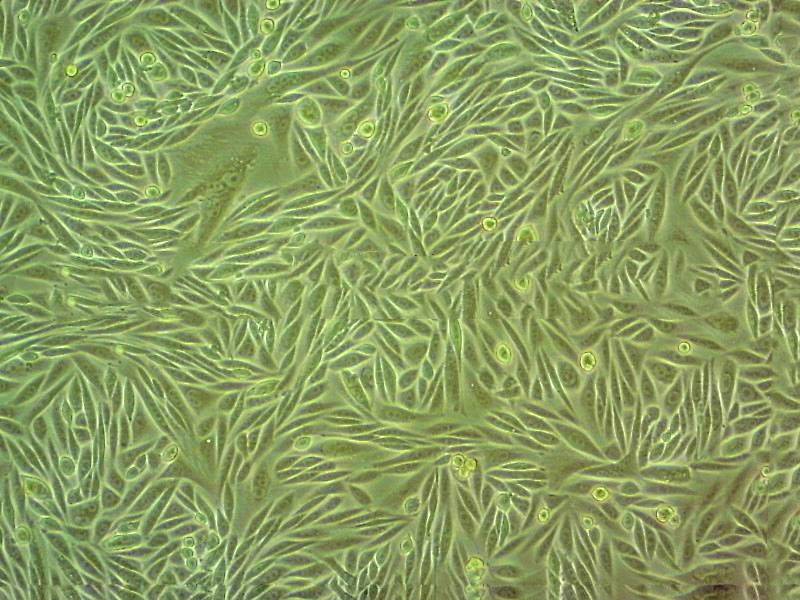
2.2 Inhibits the activation of synoviocyte fibroblasts in rats with adjuvant arthritis
Zhang Li [9] used Freund's adjuvant to induce inflammation to establish an adjuvant arthritis model. Primary rat synoviocytes were taken out for in vitro experiments to detect the levels of the inflammatory factor IL-6 in the supernatant, the expression of IL-6 mRNA, and the expression of mitogen-activated protein kinase (MAPK), protein kinase C (PKC), and cAMP response element binding protein (CREB). It was found that compared with the normal group, the IL-6 level and IL-6 mRNA expression in the model group were significantly increased. MC inhibited the secretion of IL-6 in a concentration-dependent manner and down-regulated the expression of IL-6 mRNA after treatment, reversing the IL-1β-induced phosphorylation of ERK, p38 and PKC, and also inhibiting the IL-1β-induced phosphorylation of CREB. It can be seen that MC inhibits the activation of synoviocytes in rats with adjuvant arthritis. The mechanism may be related to the inhibition of MAPK and PKC pathway activation and the reduction of CREB phosphorylation.
2.3 Effect on intestinal mucosal immunity in rats with collagen arthritis
Studies have shown that compared with the normal control group, the content of secretory immunoglobulin in the intestinal contents and interferon-γ in the small intestinal tissue of rats in the collagen arthritis model group were significantly higher, the ratio of CD4+ / CD8+ in T cells in the small intestinal epithelium and lamina propria increased, and the expression of CD80, CD86, IL-6 and IL-12 mRNA in the small intestine tissue was significantly upregulated, which proves that MC can downregulate the immune response of the intestinal mucosa in arthritic rats and promote the formation and maintenance of intestinal mucosal immune tolerance [10].
3. Effects of madecassoside on the cardiovascular system
3.1. Antihypertensive effect
Bai Jihong et al. [11] found that madecassoside has a blood pressure lowering effect, but has no significant effect on the blood pressure of normal rats. The mechanism of action mainly includes reducing peripheral resistance, increasing cardiac output, ensuring blood supply to vital organs, slowing the heart rate, increasing coronary artery filling, reducing myocardial oxygen consumption, and protecting cardiac function. It has also been confirmed that madecassoside has a vasodilatory and hypotensive effect on the thoracic aorta of isolated rats. Its mechanism of action is related to calcium antagonism, and it mainly inhibits intracellular Ca2+ release. It has also been found that the vasodilatory effect is endothelium-dependent and is related to the NO synthesis pathway.
3.2 Therapeutic and preventive effects on cardiovascular disease
Endothelial cells play an important role in regulating oxidative stress, vascular permeability, plasma composition, platelet aggregation, thrombosis, vascular tone and blood pressure. Protecting endothelial cells from oxidative damage is beneficial for the treatment of atherosclerosis, myocardial infarction, stroke, hypertension and thrombosis. Liu et al. [12] found that madecassoside has a protective effect on hydrogen peroxide (H2O2)-induced damage to human umbilical vein endothelial cells. H2O2 is the most harmful free radical of all reactive oxygen species and can produce a variety of physiological and pathological effects on endothelial cells. Experimental studies have shown that madecassoside can reverse apoptosis and damage caused by H2 O2. Further studies have found that madecassoside can inhibit apoptosis, restore cell morphology to normal, increase cell activity and glutathione levels, reduce MDA and dehydrogenase levels, inhibit human umbilical vein endothelial cell caspase-3 activity, phosphorylate p38 mitogen-activated protein kinase, and restore mitochondrial membrane potential.
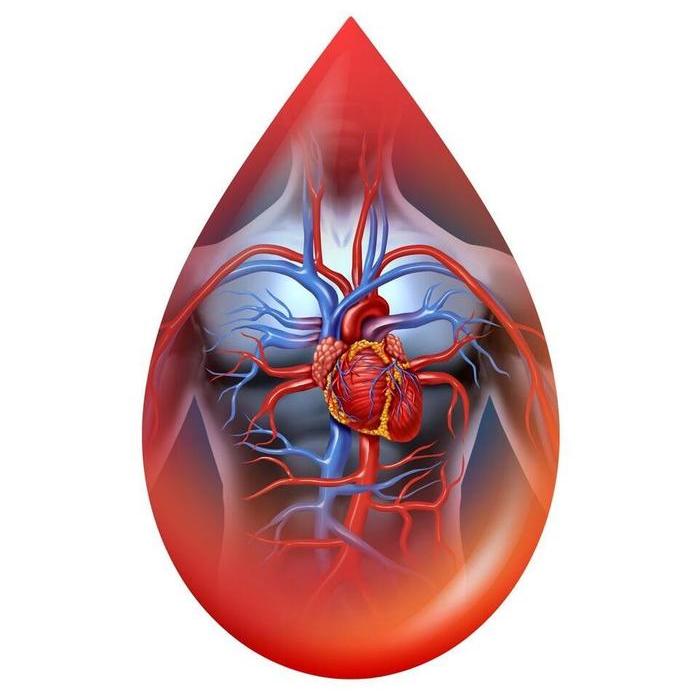
3.3 Protective effect against cerebral ischemia-reperfusion injury
Ischemic brain damage is a major cause of disability and even death in humans, and it is particularly important to restore cerebral blood flow in a timely manner to ensure adequate blood supply. Studies have found that madecassoside has an anti-ischemic effect in male rats, significantly reducing the size of the cerebral infarction, repairing nerve damage and improving neuronal apoptosis. It also has an antioxidant effect in mice undergoing ischemia-reperfusion. These results indicate that MC is a promising new drug for the treatment of ischemia-reperfusion injury [13].
4 Other pharmacological effects
4.1 Anti-hepatoma effect of madecassoside
MC has long been regarded as a wound healing agent, anti-inflammatory agent, antioxidant and anti-aging agent. Previous studies have reported that MC may protect neurons in mice with chronic aluminum poisoning by inhibiting caspase-3-mediated apoptosis. Some researchers believe that this may be related to its ability to resist oxidative stress damage, but the specific anti-apoptotic mechanism needs to be further elucidated. Recent studies have found that madecassoside also has anti-cancer activity. Hepatocyte growth factor (HGF) can cause the corresponding receptors to phosphorylate, enhancing the expression of COX-2 and PGE2 in liver cancer cell lines (HepG2 and SMMC-77 cells). However, this effect can be inhibited by MC in a dose-dependent manner. It was also found that madecassoside exhibited significant antiproliferative and anti-invasive effects in HepG2 and SMMC-77 cells, which produce HGF. In addition, MC also showed inhibition of phosphorylation of extracellular signal-regulated kinase 1 and 2 (ERK1/2) and protein kinase C (PKC) activity in HepG2 and SMMC-77 cells. MC inhibits the proliferation and invasion of hepatoma cells by regulating the activity of the cmet-pkc-erk1/2-cox-2-PGE2 cascade, suggesting that MC has a regulatory effect on hepatoma associated with hepatocyte growth factor [14].
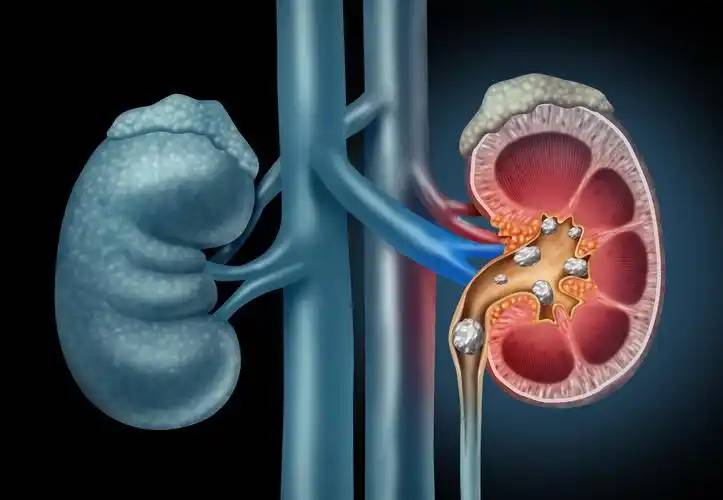
4.2 The nephroprotective effect of asiaticoside
In vitro and in vivo experiments by SU et al. showed that MC has a protective effect against adriamycin-induced toxic kidney damage. MC reduces adriamycin-induced kidney damage by protecting renal function, restoring the activity of antioxidant enzymes, inhibiting the expression of Bax protein, phosphorylated extracellular signal-regulated kinase 1/2, NF-κB p65 protein, and inducible nitric oxide synthase, and increasing the expression of Bcl-2 protein. Further studies have shown that the inhibitory effect of MC on adriamycin-induced apoptosis and inflammation may be related to the inhibition of Caspase-3, ERK1/2 activity, the inhibition of NF-κB p65 protein expression, and the inhibition of NO production. Therefore, MC is a drug with potential therapeutic value for adriamycin-induced nephrotoxicity and nephrotoxicity caused by adriamycin in cancer patients [15].
4.3 Anti-pulmonary fibrosis effect of madecassoside
Xia et al. [16] found that madecassoside has the effect of improving bleomycin-induced pulmonary fibrosis (PF) in mice. In this study, MC was found to promote the expression of HGF in colon tissue, and HGF receptor antagonists were found to reduce the anti-PF effect of madecassoside. Therefore, madecassoside may promote the synthesis of HGF expression in colon epithelial cells, so that more HGF enters the circulation and lung tissue to exert an anti-PF effect. At the same time, Lu et al. [17] found that MC can improve the PF effect of bleomycin in mice, and the mechanism is different from that found by XIA et al. Lu's experimental results showed that asiaticoside can reduce the expression of α smooth muscle actin and transforming growth factor-β1 (TGF-β1), and inhibit the phosphorylation of signal transduction proteins Smad2 and Smad3 in lung tissue. In addition, madecassoside can reduce early oxidative damage and inflammatory responses in primary mouse lung fibroblasts.
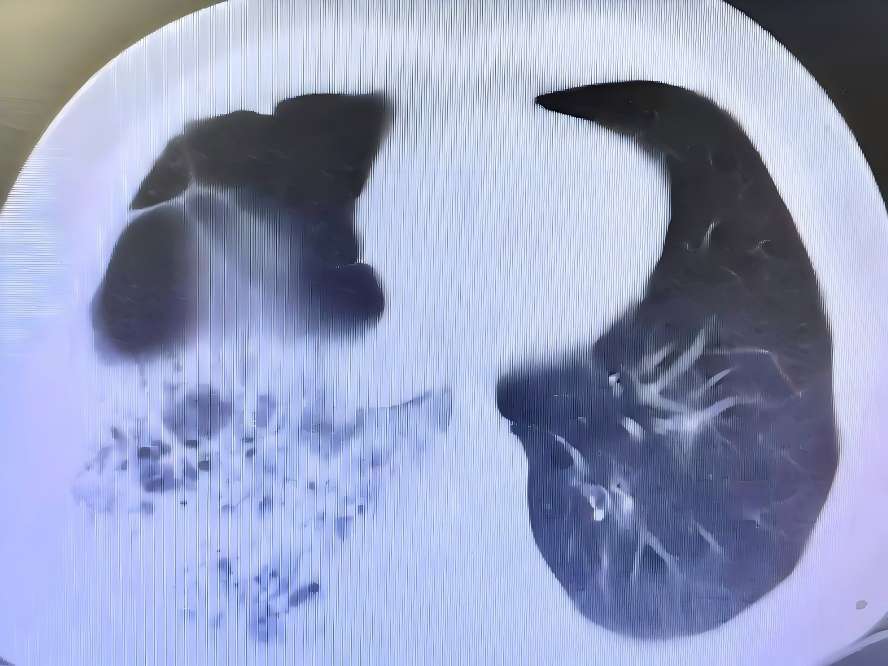
4.4 Protecting against spinal cord injury
Acute spinal cord injury (SCI) is a serious health hazard. Free radicals and lipid peroxidation are considered to be the main causes of secondary damage. MDA and SOD are both recognized as indicators of oxygen free radicals and the degree of lipid peroxidation they cause. Zhao Gang et al. prepared an SCI model, and after drug intervention, they detected the levels of MDA, neuron-specific enolase (NSE) and SOD activity in the rat spinal cord. The results showed that MC significantly improved the behavioral score of SCI rats, improved pathological damage, reduced MDA levels, increased SOD activity, and increased NSE expression. The effect of madecassoside was dose-dependent. This proves that MC can reduce spinal cord injury in rats with SCI, and this effect may be related to the inhibition of lipid peroxidation in the injured spinal cord. This indicates that MC has the potential to be developed into a clinical drug for the treatment of SCI [18].
4.5 Skin protection
It has been reported in a previous study [19] that ultraviolet rays stimulate the secretion of stem cell factor, α-melanocyte stimulating hormone, endothelin, promoting the secretion of adrenocorticotropic hormone and stimulating melanocytes to produce melanin. Madecassoside can inhibit the synthesis of melanin by inhibiting the inflammatory response caused by ultraviolet rays. The mechanism is to block the release of melanin stimulating factors from keratinocytes, inhibit the production of PGE2 and PGF2α in keratinocytes, and inhibit the expression of COX-2 and PAR-2 in keratinocytes caused by ultraviolet rays.
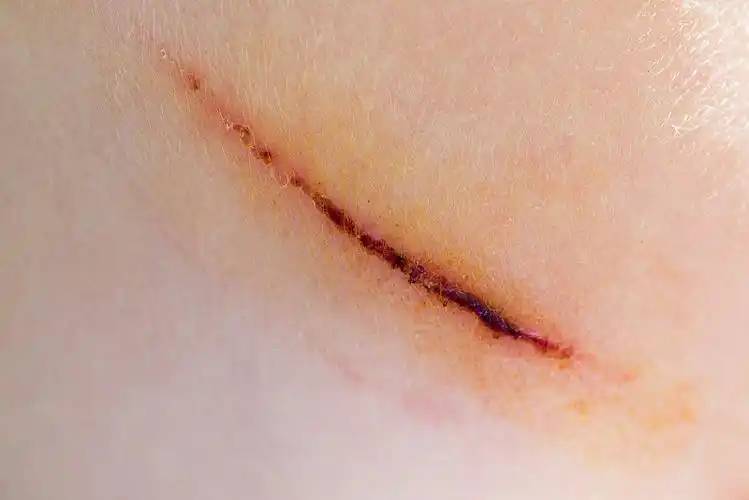
4.6 Promotes wound healing and reduces scarring
A keloid is a proliferative scar tissue that forms during delayed wound healing due to excessive deposition of connective tissue beyond the initial injury. Studies have found that madecassoside has unique pharmacological properties that promote wound healing and reduce scarring. The mechanism is that madecassoside can significantly inhibit the phosphorylation of the protein kinases p38 mitogen-activated protein kinase and phosphoinositide 3-kinase AKT, but has little effect on the phosphorylation of human matrix metalloproteinase-13 and extracellular regulated protein kinase 1/2 [20].
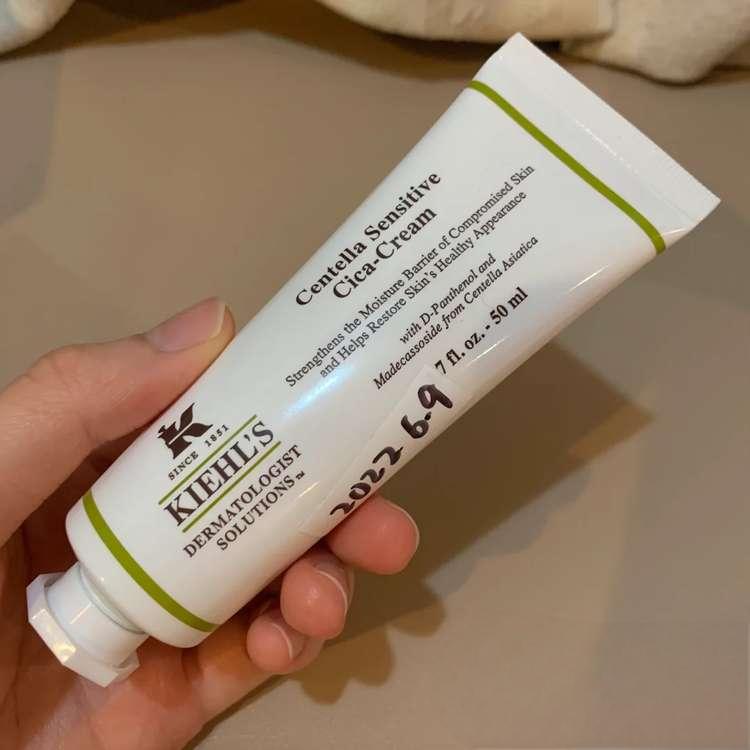
In summary, madecassoside has various pharmacological effects such as neuroprotection, vasodilation, and antitumor effects. However, pharmacological research in all aspects has also focused on the in vitro and in vivo mechanism exploration in animals, and there have been few reports of the most convincing clinical research. At present, there is a lack of clinical applications for MC. It is believed that with the development of modern medicine and pharmaceutical standards and the improvement of experimental techniques, a further clarification of the pharmacological and toxicological effects of asiaticoside and the corresponding mechanisms of action will help to uncover its commercial and clinical value and enhance the prospects for the development and utilization of madecassoside.
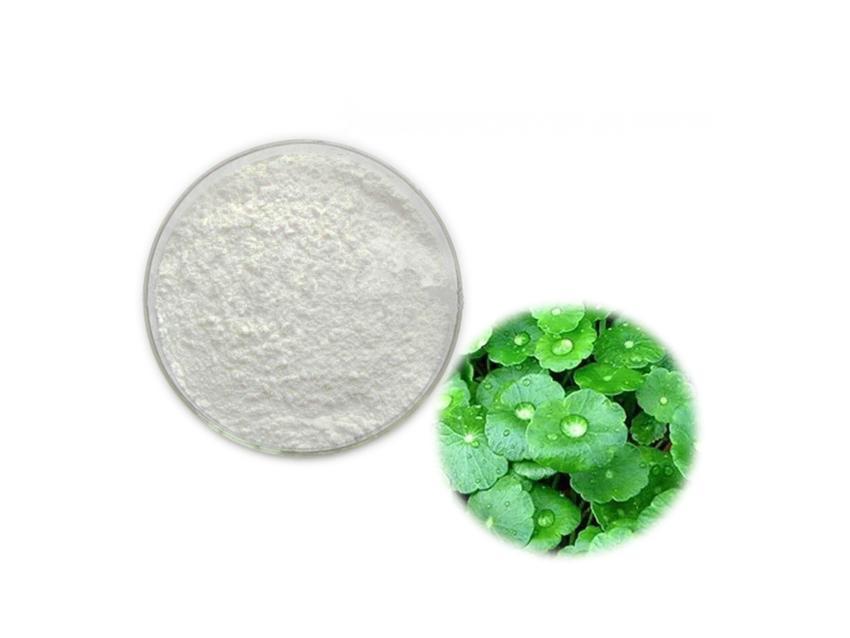
References:
[1] Dai Weibo, Mei Quanxi, Kong Xianglian. Research progress on the chemical composition and pharmacological effects of Centella asiatica [J]. Shizhen National Medicine, 2009, 20(6) : 1566-1568 .
[2] Bai Jieru, Liu Yingju, Song Yun, et al. Research on the mechanism of intervention of madecassoside in neuronal degeneration [J]. Chinese Journal of Gerontology, 2008, 28 (23) :2297-2300 .
[3] Tan Shimei. Effects and mechanisms of madecassoside on learning and memory in mice with subacute aging model induced by D-galactose [J]. Chinese Journal of Pharmacology, 2015, 31 (9): 1239-1244.
[4] Zhang S, Cai J, Wan J, et al. Inhibitory effect and mechanism of madecassoside on LPS-induced proliferation of microglia. Chinese Journal of Pathological Physiology, 2015, 31 (3): 428-434.
[5] Du B,Zhang Z,Li N.Madecassoside prevents Abeta(25-35) -induced inflammatory responses and autophagy in neuronal cells through the class Ⅲ PI3K / Beclin-1 / Bcl-2 pathway[J].Int Immu- nopharmacol,2014,20( 1) : 221-228 .
[6]Xu CL, Qu R, Zhang J, et al. Neuroprotective effects of madecassoside in early stage of Parkinson's disease induced by MPTP in rats [J]. Fitoterapia, 2013, 90: 112-118.
[7]Liu M, Dai Y, Yao X, et al. Anti-rheumatoid arthritic effect of madecassoside on type II collagen-induced arthritis in mice[J]. Int Immunopharmacol, 2008, 8 (11): 1561-1566.
[8]Li H,Gong X,Zhang L,et al.Madecassoside attenuates inflammatory response on collagen-induced arthritis in DBA /1 mice [J]. Phytomedicine,2009,16(6-7) : 538-546 .
[9] Zhang Li, Sun Shenglu, Fan Haibo, et al. Effects of madecassoside on synoviocyte activation in rats with adjuvant arthritis [J]. Chinese Journal of Experimental Traditional Medicine, 2014, 20 (8): 173-177.
[10] Wang Ting, Wei Zhifeng, Xia Yufeng, et al. Effects of madecassoside on intestinal mucosal immunity in rats with collagen arthritis [J]. Chinese Materia Medica, 2015, 38 (2): 333-338.
[11] Bai Jihong, Zhao Rihong, Lv Qiujun, et al. Research on the anti-hypertensive effect and characteristics of madecassoside [J]. Pharmacology and Clinical of Traditional Chinese Medicine, 2010, 26(1) : 18-21 .
[12] Bian D, Liu M, Li Y, et al. Madecassoside, a triterpenoid sapo- nin isolated from Centella asiatica herbs, protects endothelial cells against oxidative stress [J]. J Biochem Mol Toxicol, 2012, 26 (10): 399-406.
[13] Luo Y, Yang YP, Liu J, et al. Neuroprotective effects of madecassoside against focal cerebral ischemia reperfusion injury in rats [J]. Brain Res, 2014, 1565: 37-47.
[14]Li Z,You K,Li J,et al.Madecassoside suppresses proliferation and invasiveness of HGF-induced human hepatocellular carcinoma cells via PKC-cMET-ERK1 /2-COX-2-PGE2 pathway[J].Int Im- munopharmacol,2016,33 : 24-32 .
[15] Su Z, Ye J, Qin Z, et al. Protective effects of madecassoside against Doxorubicin induced nephrotoxicity in vivo and in vitro. Sci Rep, 2015, 5: 18314.
[16]Xia Y, Xia YF, Lv Q, et al. Madecassoside ameliorates bleomycin-induced pulmonary fibrosis in mice through promoting the generation of hepatocyte growth factor via PPAR-gamma in colon[J]. Br J Pharmacol, 2016, 173 (7): 1219-1235.
[17]Lu GX, Bian DF, Ji Y, et al. Madecassoside ameliorates bleomy- cin-induced pulmonary fibrosis in mice by downregulating collagen deposition[J]. Phytother Res, 2014, 28 (8) : 1224-1231 .
[18]Zhao G, Bai J, Liu Y, et al. Protective effect of madecassoside on rats with acute spinal cord injury.
[19]Jung E ,Lee JA ,Shin S ,et al. Madecassoside inhibits melanin synthesis by blocking ultraviolet-induced inflammation[J].Mole- cules,2013,18 ( 12) : 15724-15736 .
[20]Song J, Xu H, Lu Q, et al. Madecassoside suppresses migration of fibroblasts from keloids: involvement of p38 kinase and PI3K signaling pathways[J]. Burns, 2012, 38 (5): 677-684.


 English
English French
French Spanish
Spanish Russian
Russian Korean
Korean Japanese
Japanese